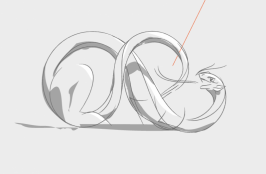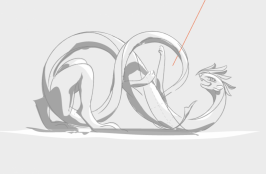- 11,325

- Sweden
- eran0004
I wonder if you can save yourself time if you make a sort of grid in whatever you defined as your angles to follow, so that you can draw paths with the desired angles more quickly (via snap).
That's exactly how it's done

I wonder if you can save yourself time if you make a sort of grid in whatever you defined as your angles to follow, so that you can draw paths with the desired angles more quickly (via snap).







Time to bring back this thread
Here is an architectural drawing as a part of a project I'm working on. It's the ground floor of a modernist villa based on a sketch from the 1970's that I stumbled upon.
View attachment 928112
Revit?
AutoCad. The car was drawn in Illustrator and then imported.
I need to make a comeback so you're not the only one posting here.AutoCad. The car was drawn in Illustrator and then imported.
Nice. Is this intended to be built? Any 3d images?
